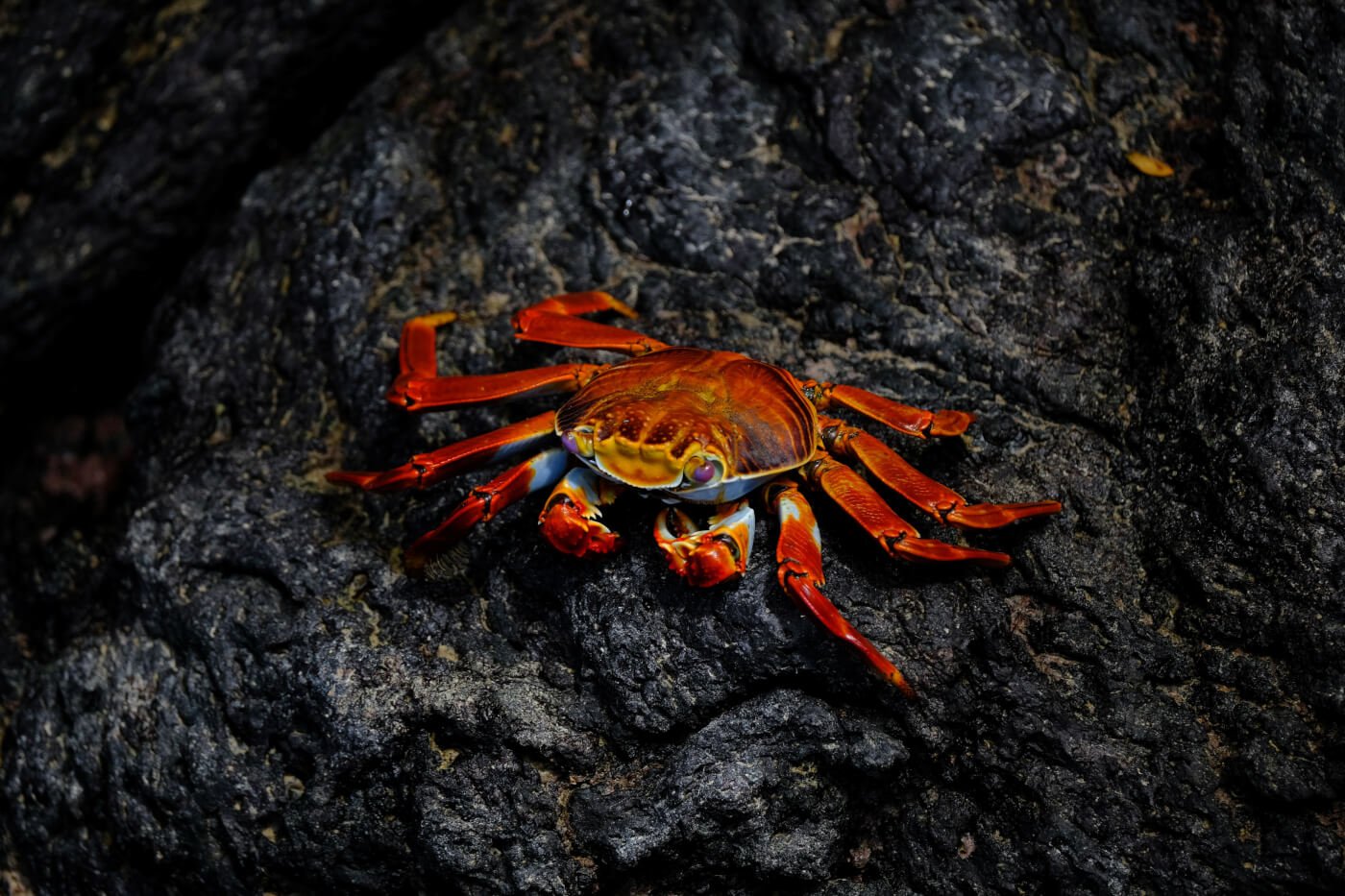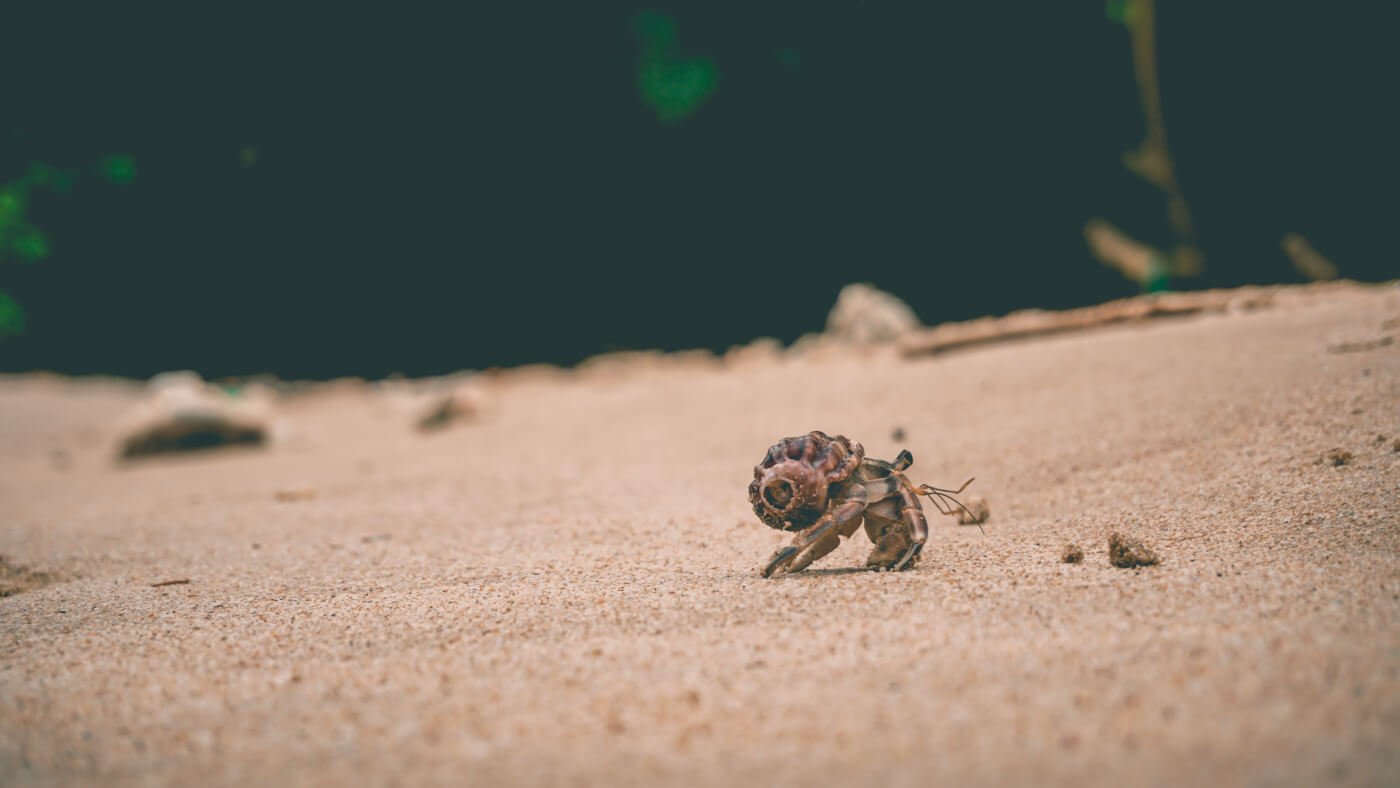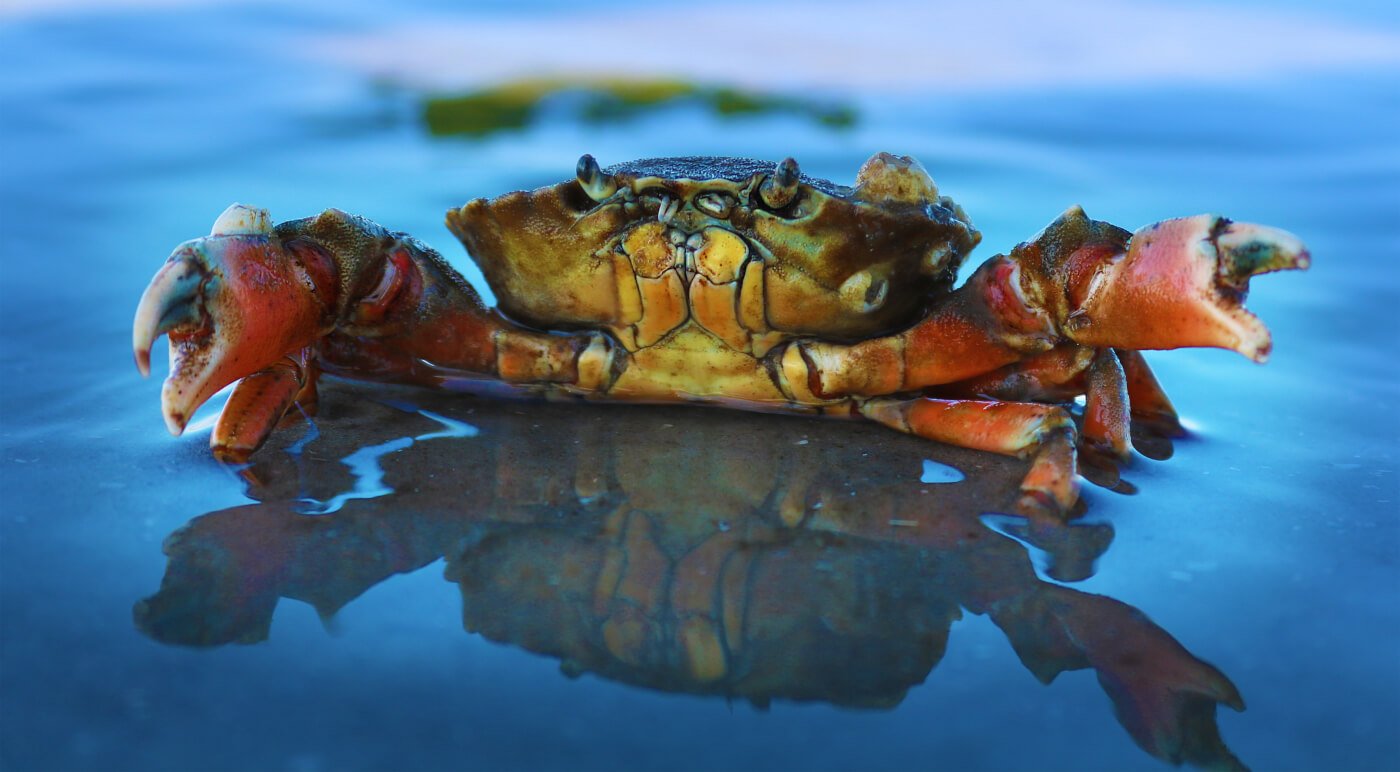Help Crabs and Lobsters Now
Lawmakers around the world are beginning to recognize what science is showing us (and what common sense has told us all along): Lobsters, crabs, and other crustaceans feel pain. It is already illegal to plunge fully conscious lobsters into pots of boiling water in New Zealand, Norway, and Switzerland. In Italy, restaurant kitchens must not keep live lobsters on ice, which causes them to suffer. Boiling lobsters and crabs alive could soon be illegal in the U.K., under landmark legislation that would recognize crustaceans (as well as octopuses) as sentient beings.
Lobsters have a long childhood and an awkward adolescence. Just like us, they carry their young for nine months and can live to be more than 100 years old. They have individual personalities and remember past acquaintances. Every year, some lobsters undertake long-distance seasonal journeys and can cover 100 miles or even more. Crabs are capable of learning from their mistakes, and they adapt to changing cues in their environment. They have well-developed senses of sight, smell, and taste.
Sadly, many crustaceans don’t survive their most formidable predators: humans, who consume tens of millions of them each year in the U.S. alone. But PETA makes it quick and easy to help crabs and lobsters. You can start by saying “NO” to that lobster roll at the restaurant by the beach and checking out these great vegan seafood products instead.
Then, be sure to complete the multiple PETA action alerts on this page to help crustaceans.
Keep reading to learn more, or click the button below to get started.

Lobsters and Crabs Used for Food
Contrary to claims made by seafood sellers, scientists have determined that lobsters can feel pain. Most scientists agree that a lobster’s nervous system is quite sophisticated—these animals may actually feel even more pain than humans would in similar situations since they can’t go into shock. Also, when kept in tanks, they may suffer from stress associated with confinement, low oxygen levels, and crowding.
In restaurants and in homes, when dropped into scalding water, lobsters whip their bodies wildly and scrape the sides of the pot in a desperate attempt to escape. At many processing plants, crustaceans have it even worse: A PETA eyewitness documented that workers at a Linda Bean’s Maine Lobster slaughterhouse tore live lobsters and crabs limb from limb, ripped their heads off, impaled animals on spikes, dumped them into boiling water, and abused them in other ways. Marine biologists contacted by PETA agreed that there’s really no humane way to kill these sensitive animals.
The fishing industry uses several methods to catch hundreds of millions of crabs every year, including setting traps in shallow water and dragging huge nets along the ocean floor. These methods also capture other animals such as birds, fish, and other marine animals, who are simply thrown, dead or dying, back into the water.
Like lobsters, crabs are often thrown into pots of scalding-hot water and boiled or steamed alive. In their struggle to escape a clearly painful death, crabs fight so hard that their claws often break off. Some used for food are electrocuted, some are chopped up, and others are microwaved—all while they’re still conscious. Thankfully, it’s easy to spare crabs and lobsters this pain: Just choose great vegan seafood products instead next time you head to the store.

Ready to Take Action?
How Hermit Crabs Suffer in the Pet Trade
Did you know that the hermit crabs sold in boardwalk shops and pet stores are wild animals who were forcibly taken from their natural homes on tropical beaches?

Because these gentle animals rarely breed in captivity, millions of them are wild-caught each year. Before they’re imprisoned in cramped plastic boxes with nothing more than a layer of gravel and some cheap plastic knickknacks, these skittish animals endure hellish conditions in large warehouses that supply animals to pet stores. Watch the shocking video below to learn what a PETA eyewitness saw at a supplier to chain stores such as Petco.
Hermit crabs can live for more than 30 years in their natural habitat, but after being purchased, most don’t live for more than a few months. As is the case with other small animals, hermit crabs are not “starter pets.” They have complex needs and require a lifetime of specialized care. Most people don’t even know that the paint commonly applied to these animals’ shells in pet stores can slowly poison them. Hermit crabs need companionship, plenty of climbing room, substrate to bury themselves in for molting, humidity, warm temperatures, extra shells, fresh and salt water, and much, much more.
Never buy a hermit crab or any other animal. If you or someone you know already has a hermit crab, check out this care guide.
If you want to be an all-star for animals, there are tons of ways to get more involved. Follow PETA on Facebook, Twitter, and Instagram to stay up to date on our latest campaigns. Subscribe to PETA News to get weekly updates on our efforts. And be sure to complete the PETA action alerts below—with the click of a button, they’ll allow you to speak up for crustaceans.

Take Action for Crabs and Lobsters
There are multiple opportunities to help. As soon as you take one action below, another will automatically appear in its place.
Just enter your information once, and then keep clicking the “Send Message” button until you’ve completed them all. Once you’ve finished, be sure to share this page with your friends, family members, and social media followers. Encourage them to join you in helping stop the exploitation and abuse of crustaceans.